Welcome to The Storytellers, our series spotlighting the creatives bringing their ideas to life with The Storyboard.
Before the paint hits the canvas, Lisa Nooin's process begins with words, feelings, and big ideas.
Based in Sydney, Lisa is using The Storyboard as her creative compass — part visual planner, part inspiration hub — telling stories that feel equal parts genuine and connected.
Tell us your story!
Hello, I'm Lisa, an artist from Sydney, Australia. My journey began with a Bachelor of Communication Design, and I spent three years working in a design agency, developing my skills and learning the ropes of the creative industry. But deep down, I always knew my true passion was illustration. So, I made the bold decision to leave the agency world and focus entirely on my art. I spent another three years working as an illustrator in tech, but when the pandemic hit, I found myself rediscovering my love for painting and decided to pursue life as an artist.

How are you using your Storyboard?
I'm using The Storyboard in my art studio as a tool for planning and collecting inspiration for my creative practice. Having my concept sketches and visual references displayed in front of me supports my process and helps me stay focused. As a visual person, it's important that I surround myself with imagery and materials that spark ideas. I also use the board to pin up notes and task reminders to help me stay organised and on track.
My first job was at a design agency where we had a massive task board covered in sticky notes. Each of us had our own column with our own individual tasks, and once we finished one, we'd move it to the "finished" column, which was incredibly satisfying.
"Essentially, I treat my Storyboard like a large visual notebook where I store inspiration, weekly notes, and reminders."

How does having a physical space to create a vision board help you bring your dreams to life?
As an artist working from my home studio, having a physical space to create a vision board helps me stay laser-focused on my goals and dreams. My studio feels safe and cosy, and it's where I feel most comfortable. It's where I feel most myself, and having a Storyboard in that space makes it feel even more purposeful. It's where I pin up ideas, sketches, goals, and little things that spark joy or motivation.
"It acts as a visual anchor, reminding me of both the artistic journey I'm on and the milestones I want to reach over the next five years."
Being able to see my vision laid out in front of me helps me stay focused on where I am headed. It's not just about tracking goals; it also fuels the planning and creative process for my art. I use my Storyboard to organise ideas, break down artistic projects into manageable steps, and keep inspiration flowing. It's a space where I can celebrate progress, experiment with new concepts, and stay inspired even when things feel uncertain.
When you think about yourself in 5 years' time, what do you hope your life will look like?
My biggest goal is to keep growing as an artist while staying true to what I love. I want to continue refining my style, experimenting with new techniques, and pushing myself creatively. I'd also love to work on larger-scale projects, collaborate with big brands, and maybe even have a solo exhibition one day. Beyond that, I hope to build a sustainable and fulfilling art career that allows me to create at my own pace without burnout.
"Outside of art, I just want to live a balanced and meaningful life, one where I make time for rest, new experiences, and focus on people who matter most."
At the end of the day, my goal is to keep finding joy in the little moments and sharing that through my work.

When it comes to creating a new collection, how long can the process take from start to end? What's something about your creative process that most people wouldn't know?
My last art collection, The Extraordinary in the Ordinary, took around four to five months to complete from start to finish. My creative process is actually quite simple, though very personal. It always begins with me sitting down and writing whatever comes to mind. I call it a brain dump. I pour my thoughts onto a blank page, and over time, they start to form a loose narrative. It could be how I am feeling, something that has happened in my life, or a topic or cause I care deeply about. I want my work to feel relevant and honest, and I am always trying to tell a story that feels true to me.
Once I have landed on a theme or narrative, I dive into research. I look into symbolism, colours, references, and anything else that might help bring the story to life visually. From there, I start sketching and planning out the paintings as a group, making sure they flow and feel cohesive as a collection.
I usually aim for around eight to ten pieces per collection, and each painting can take about a week to complete, sometimes longer depending on the size and complexity.
"Something most people might not know is how much of my process starts with writing. Before the brushes come out, it is all about words, feelings, and storytelling."
That written foundation becomes the emotional thread that ties everything together.
How did you find your unique style?
My style really developed over time and quite naturally. I was working as an illustrator for a few years before I became a full-time independent artist, so when I first started painting, I wanted my work to look consistent. I tried to carry over the style I was already using in illustration. Bold lines, vibrant colours, almost like stained glass.
As I kept painting, things began to shift. I gave myself permission to play and explore new techniques, and over time I started to find a style I truly enjoyed and began discovering my artistic voice. I think it is so important to make space for play in your practice. It is where I learned the most and found new ways of making art that felt more like me. My style still carries some of that early influence, but it has definitely grown into something more expressive and intuitive.
What's your advice for anyone thinking about turning their creative interest into a business?
Start before you feel ready. You do not need to have it all figured out from the beginning. Start small, stay consistent, and let things grow naturally. Treat your creative practice with the same respect you would give any other business. Show up, be professional, and honour your time and energy. Mindset also matters. Shifting from "I am just making art" to "I am building something" changed everything for me. I started setting clearer goals, pricing my work with confidence, and creating systems that supported me.
"My biggest tip is to stay connected to why you started in the first place. Your creativity is the heart of your business, so protect that spark."



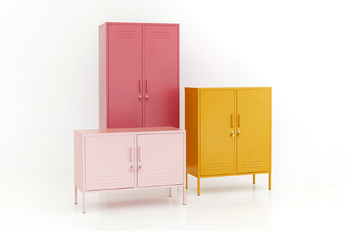


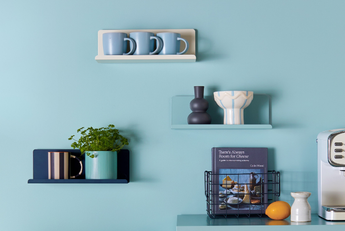
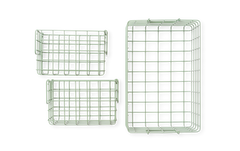
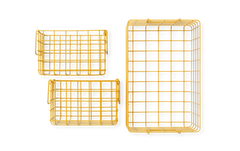
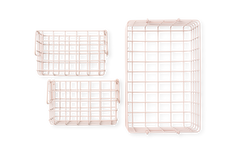


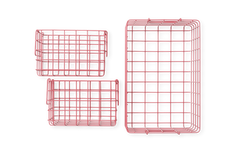

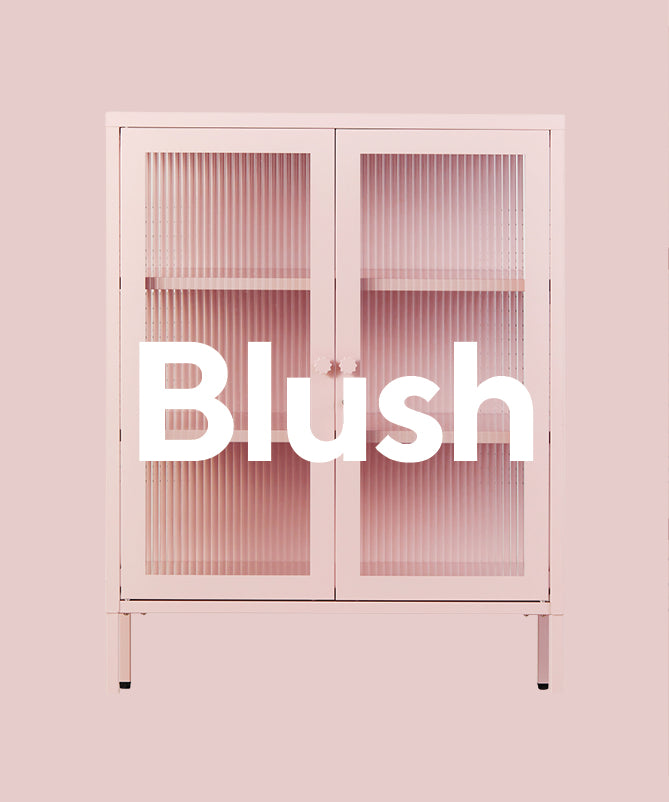
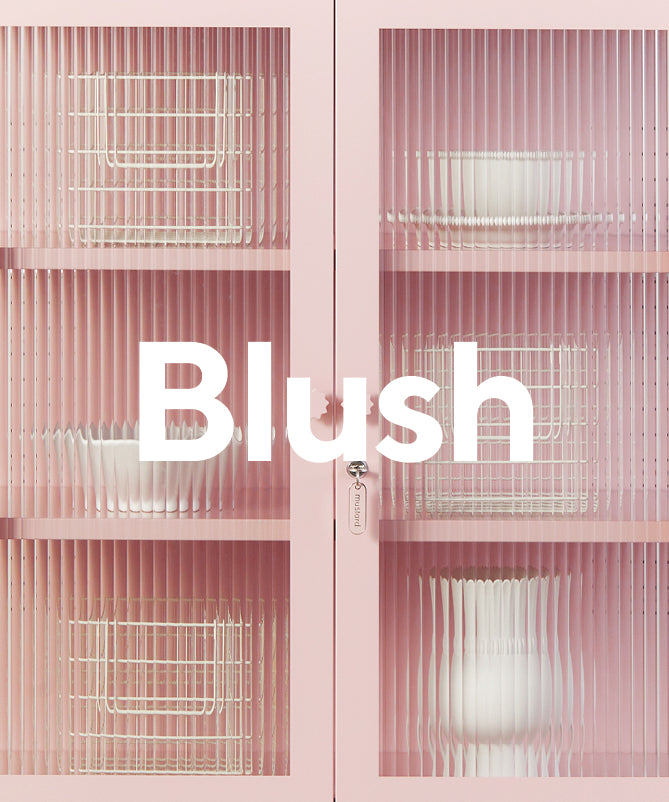
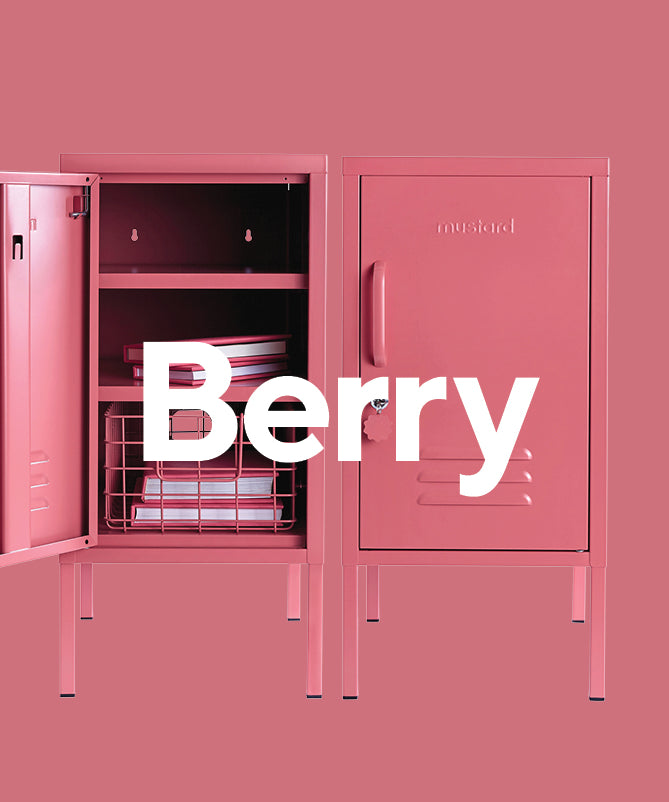
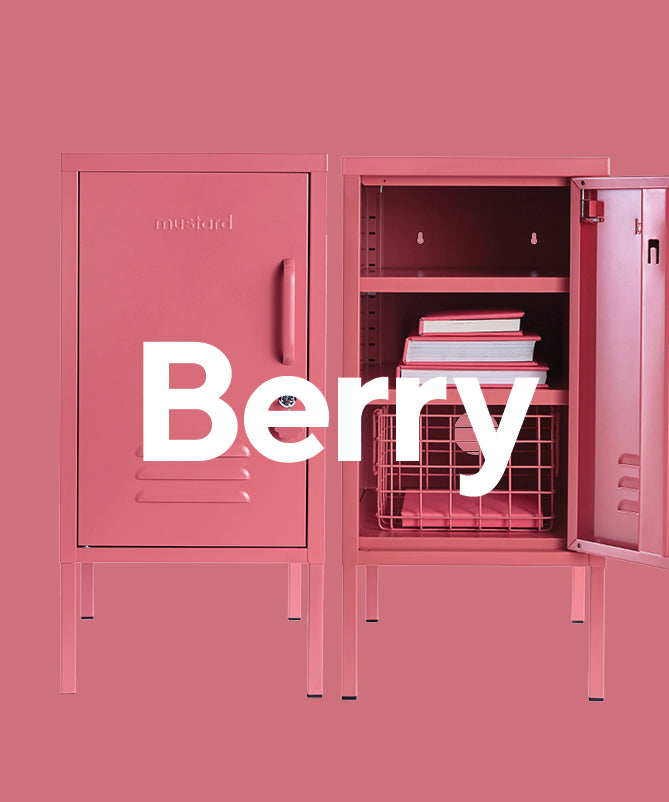
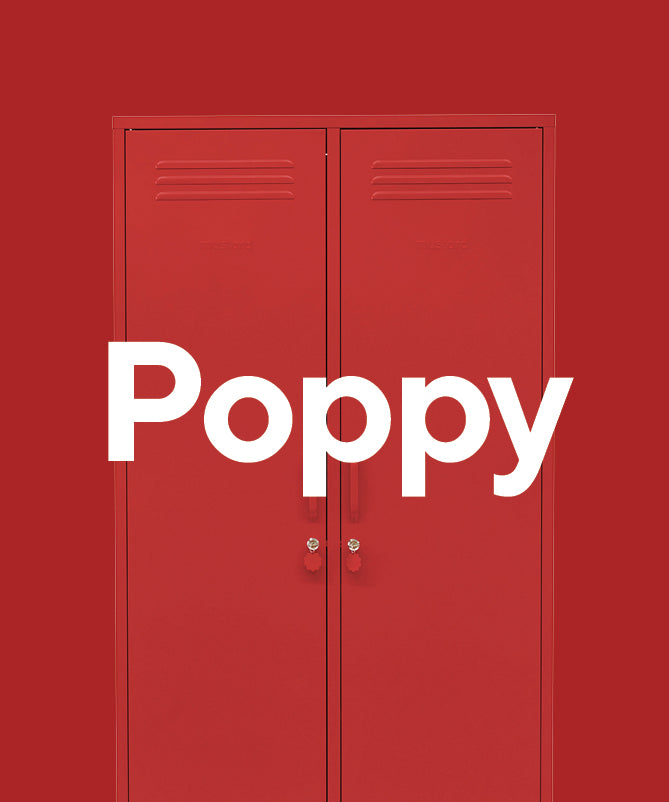
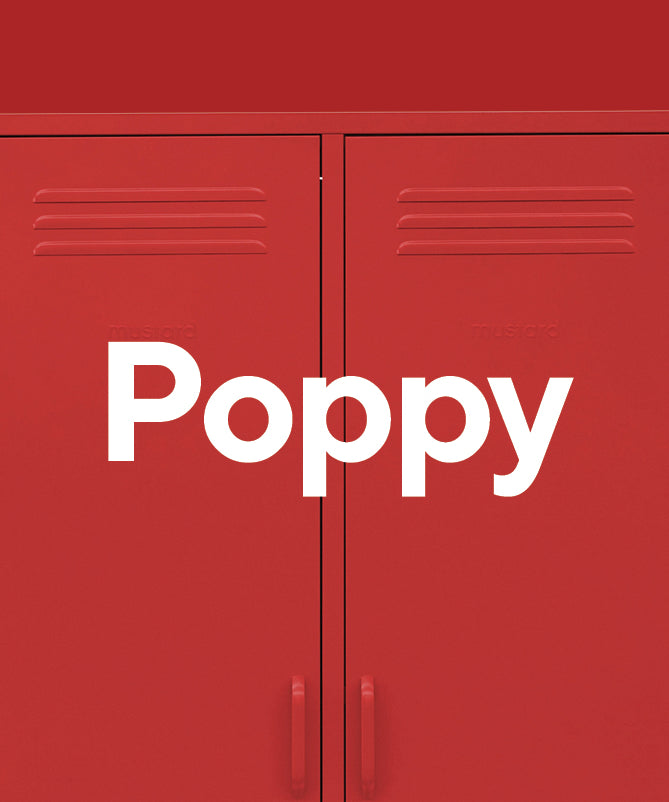
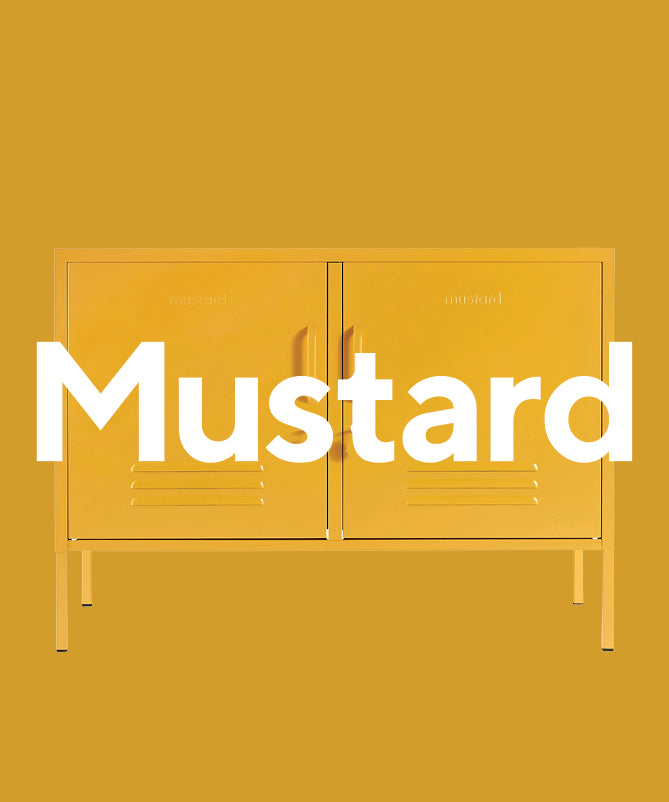
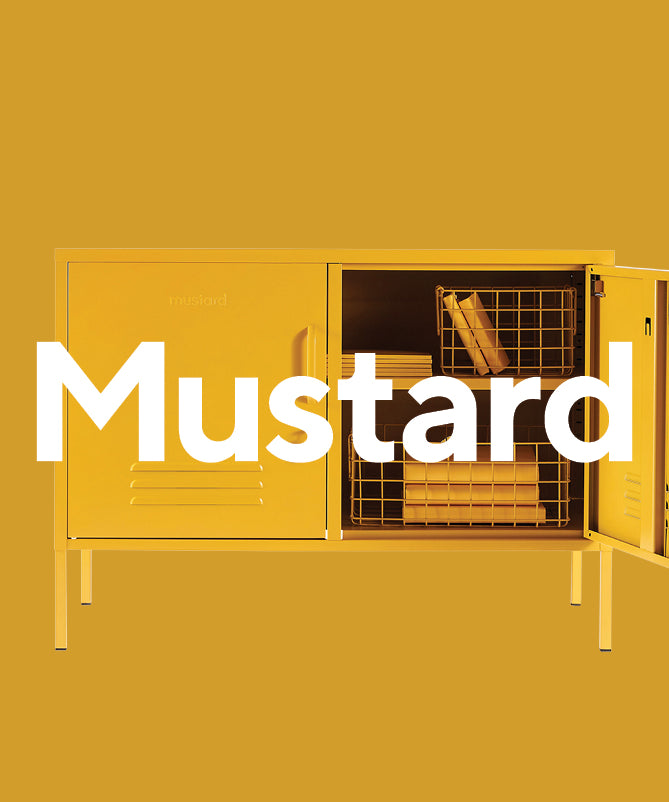
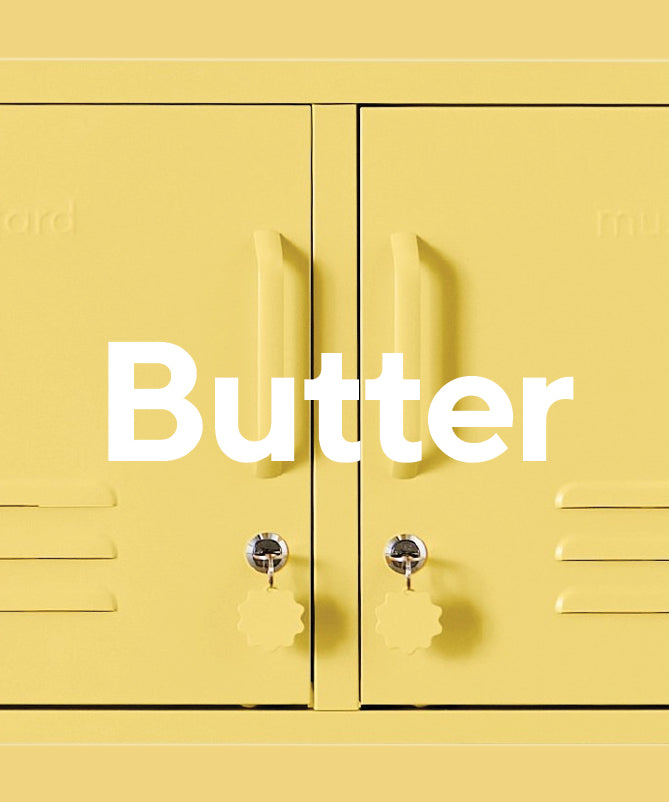
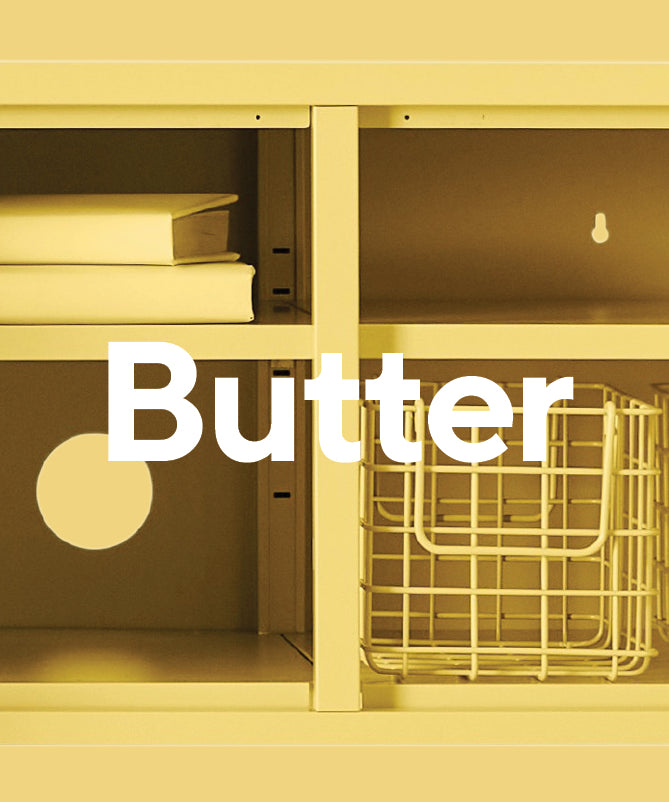
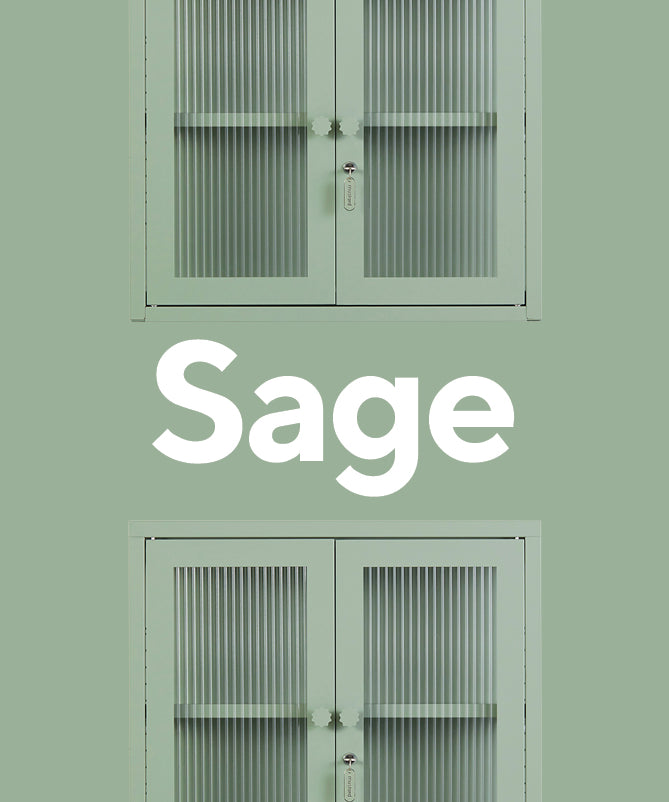


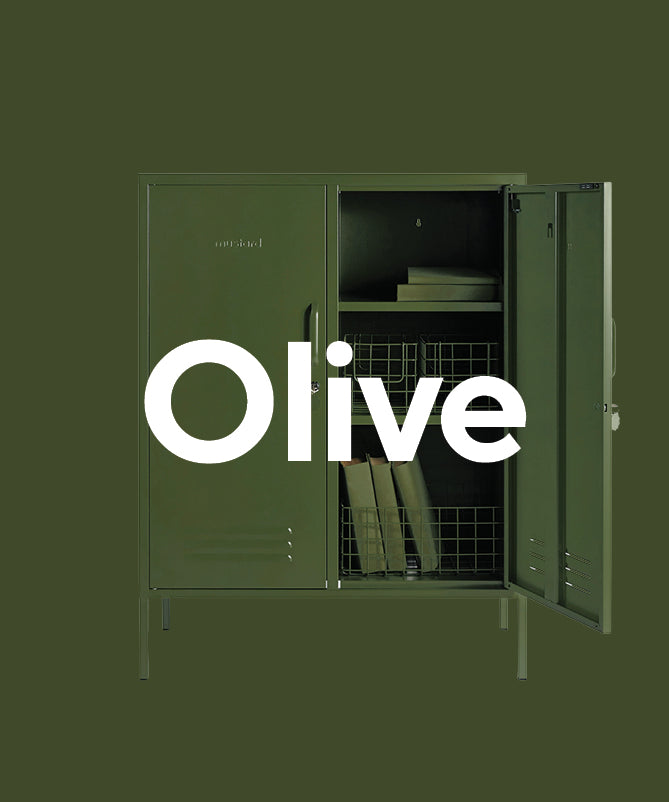
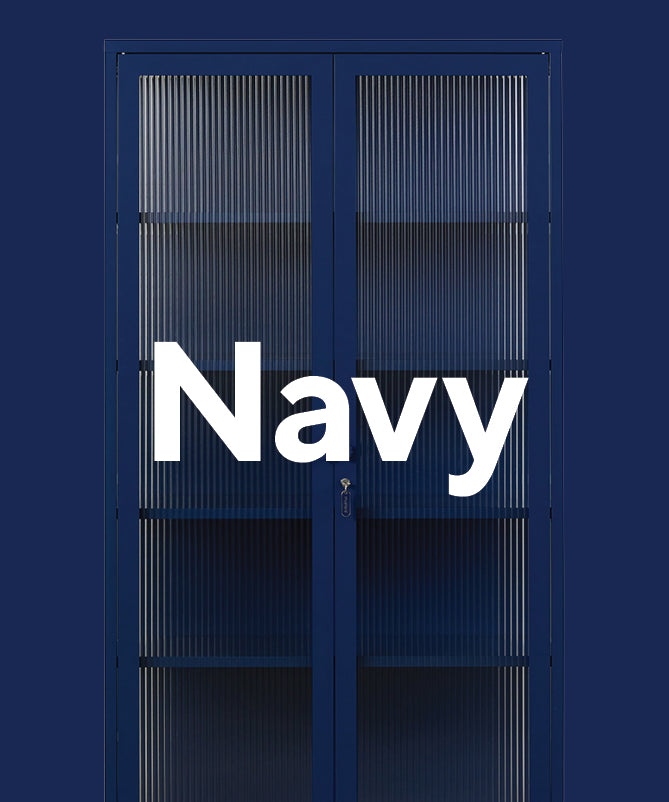
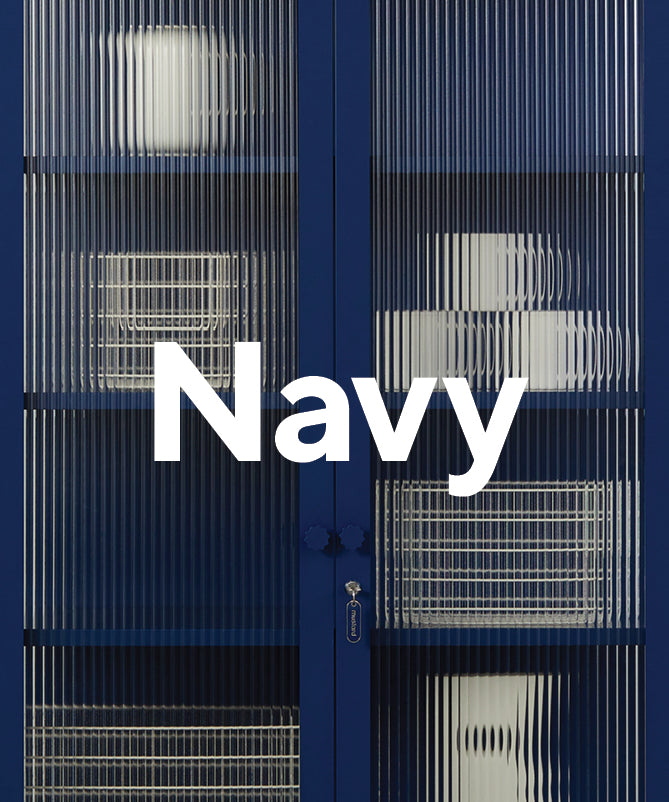
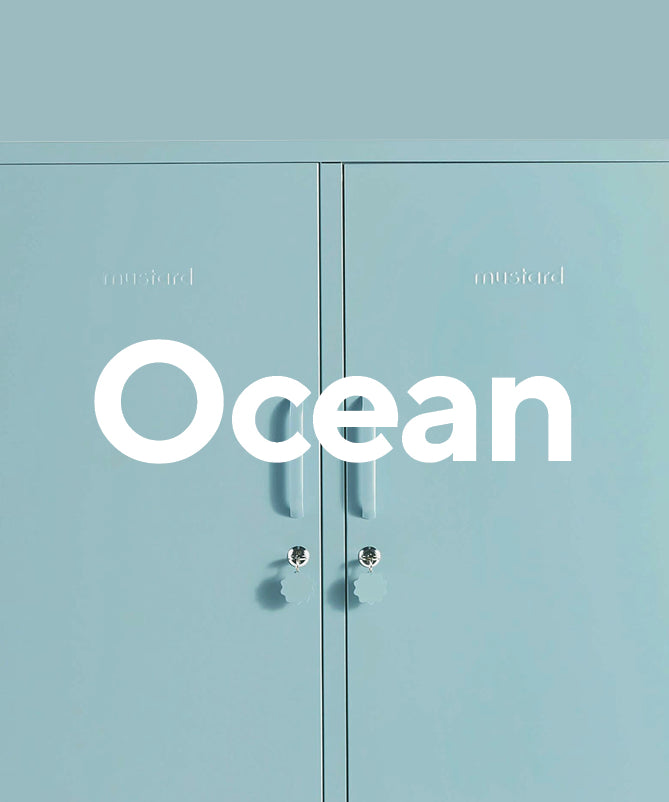
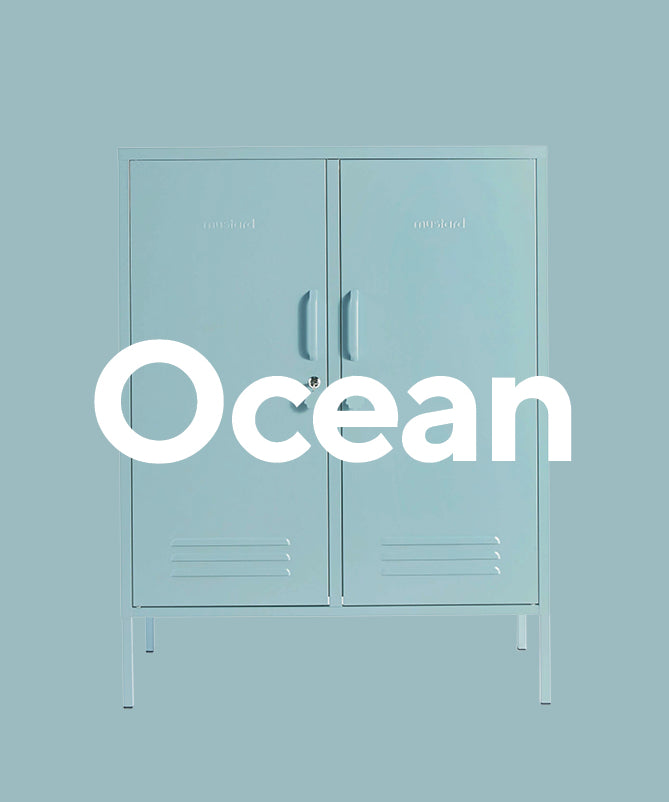
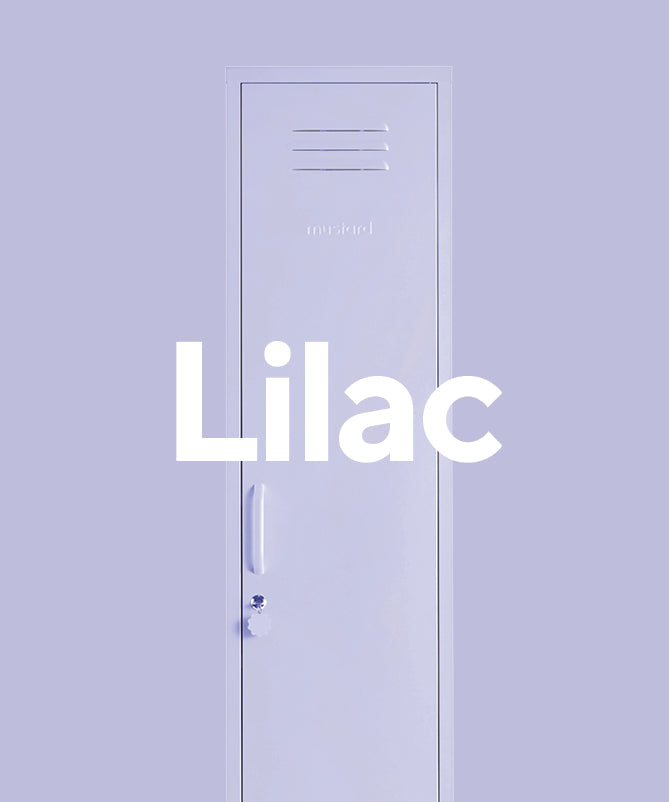
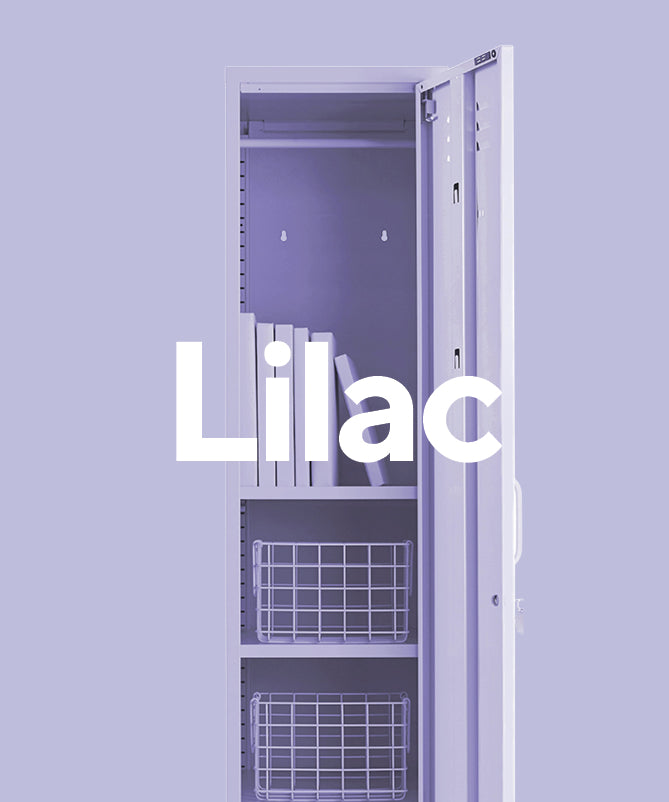

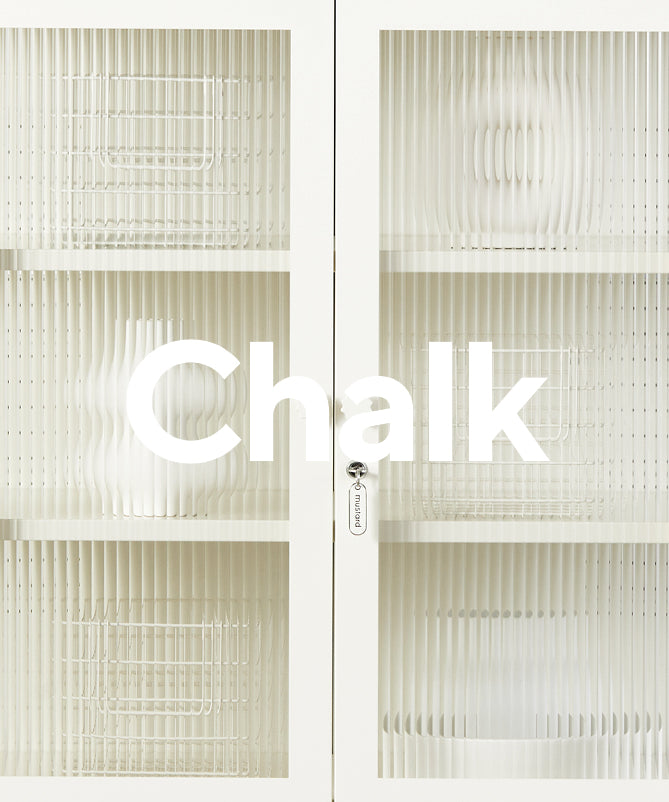
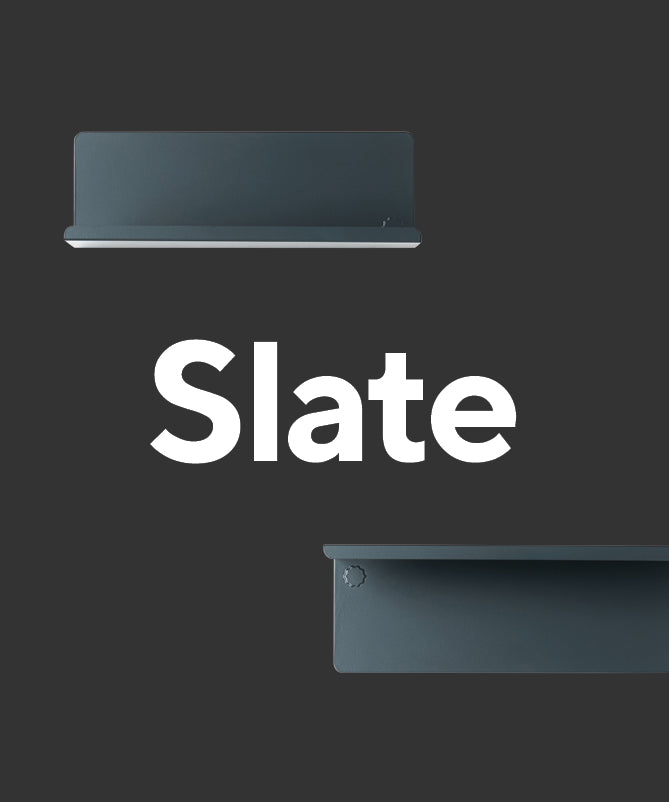
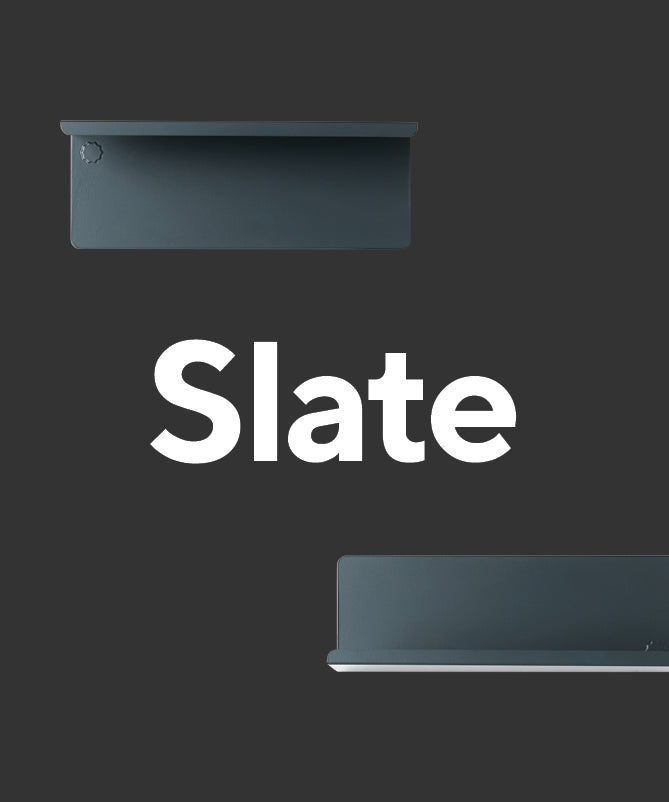
Leave a comment